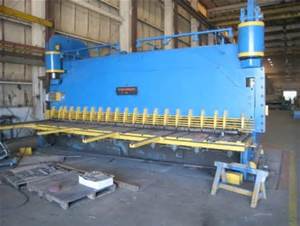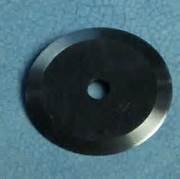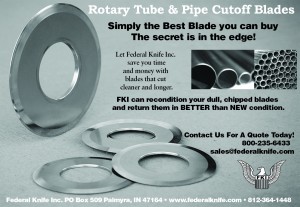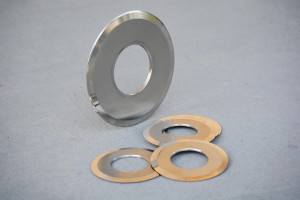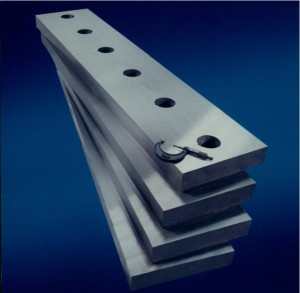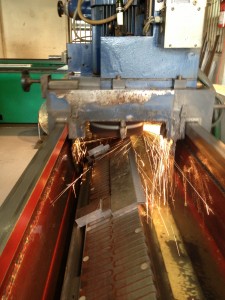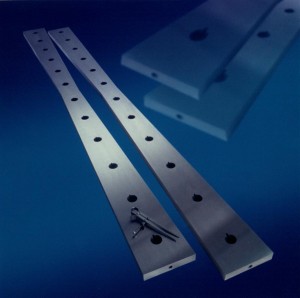Many shops have older squaring shears in service that are in need of maintenance. This could consist of repairing oil leaks, replacing worn bearing or shear blade sharpening or replacement. Many of the original instruction manuals have been long lost. If the shear was purchased used, the manuals might not have been included.
In the case of shear blade replacement or sharpening, there are many good suppliers throughout the United States that have information to aid the Shear owner. Federal Knife Inc. ,Alliance Knife, International Knife & Saw, American Shear Knife Company, and Lancaster Knife are a few of the larger shear blade manufacturers and suppliers. These companies can aid the shear owner in the selection of the correct grade of tool steel for the cutting application. The typical tool steels used to make high quality shear blades would be D-2 High Carbon High Chromium tool steel. The D-2 grade has excellent wear resistant qualities and adequate toughness. This grade is most widely used to shear mild steel up to ..250″ in thickness and stainless steel up to .187″ thick. When shearing over .500″ mild steel a more shock resistant tool steel is required. When additional shock resistance is needed a trade off in abrasive wear is seen. It is important that a tool steel grade is carefully chosen that will give the perfect balance between wear and shock qualities. The next step from D-2 tool steel toward a more shock resistant blade would still be considered a High Carbon High Chromium tool steel. While D-2 has 12 percent Chromium, A8modified has 8 percent Chromium content. This grade will hold a sharp edge almost as well as D-2 but will have increased shock quality. Once the shearing application reaches .750″ thickness or more a full shock grade tool steel will be needed to make the shear blade. Knife makers consider S-5 or S-7 to be the tool steel to use when heavy shearing threatens to cause catastrophic blade failure. As mentioned earlier, using more shock resisting tool steels will cause the shear blade edge to dull faster. It is considered an acceptable trade off when the complete blade failure by edge chipping or blade fractures is at stake.
We will cover the importance of heat treatment and tempering in the next article. Until then, if you have Squaring shear problems or questions, please contact a shear specialist at Federal Knife Inc. I have also included a link to a great website that offers many articles on Shear maintenance below. http://www.practicalmachinist.com/vb/featured-articles/

